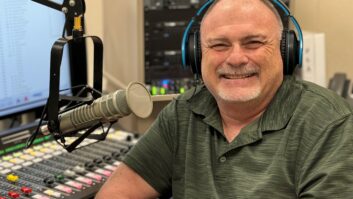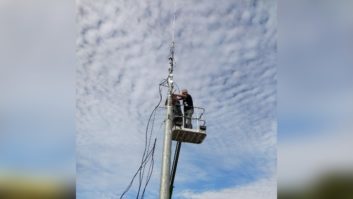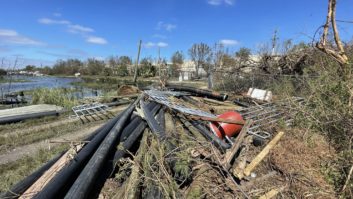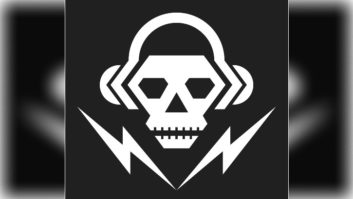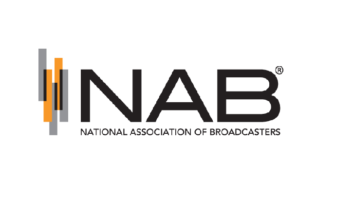
MIAMI, Fla. � I�m sure there were many articles in newspapers and other online media related to Hurricane Irma�s onslaught, but I happened to notice one from WLRN, Miami�s NPR station.� The article, entitled �After Hurricane Irma Blew Away Power, Century-Old Technology Became Lifeline For Locals In The Keys� seems to want to make the reader gain interest because of the �century-old� aspect, which is odd � since it�s the same FM technology used by WLRN itself. If someone had written �Island residents saved by rescuers using 5000 year old technology� and it turns out they were referring to boats, would that not have seemed a little odd? In any case, I digress. Let�s look at the positive aspects of this article.
“We sleep, literally sleep with the radio between us on. Just to hear civilization,” said Harry Appel, a resident of Big Pine Key. “If it wasn’t for him, I think we would have completely lost it, all of us…he’s been the calm of the storm here.��
Appel is referring to Bill Becker, the news director, since 1980, for WWUS radio. About 20 years ago WWUS won an Edward R. Murrow award for continuously broadcasting during Hurricane Georges, and Category-2 hurricane that raked the lower keys.
“There are no cell phones. No electricity. No internet. No television. No water. No anything,” said Becker, quoted in the same article. “It’s amazing that a 100-year-old technology like broadcast radio is now becoming a main source of information for people who so rely on their digital equipment and their devices.” (Not to pick nits here, but FM dates from about 1930, so he�s not quite right on that account.)
“We had a lot of notice with Irma,” said Bob Holladay, of Florida Keys Media, the owner of WWUS. “We had plenty of time. We had planned to come down Thursday, which we did, flew in on Thursday knowing it would hit sometime Saturday morning early give or take a little bit. Brought in some rations, brought in an engineer to help out. Then we sat and waited it out.”
With generators at both the studio and the tower, WWUS station provided essential information about where to find food and water; when the water service would be turned on and off in what areas; how various places fared during the storm; and, and sightings of lost pets.
WWUS never went off the air–but there was one moment, late Saturday or early Sunday, when it came close. “I was just standing outside when I hear this huge pop, like an explosion,” said Rick Lopez, general manager for Florida Keys Media, again quoted in the same article. The noise he heard was the balcony’s railing breaking loose, and tied to the railing was the station’s STL antenna. “All of this was going forward and about to fall over so I ran down here and grabbed it and was holding on for dear life at the time, because this was our only link to our tower…” Lopez said. “Because if we lose this, we’re done and we’re not broadcasting, even today.”
Holladay and the engineer came up to help and tied off the railing. It held for the rest of the storm.� WWUS broadcasts with 100 KW with an antenna 450 above ground level.��
�





